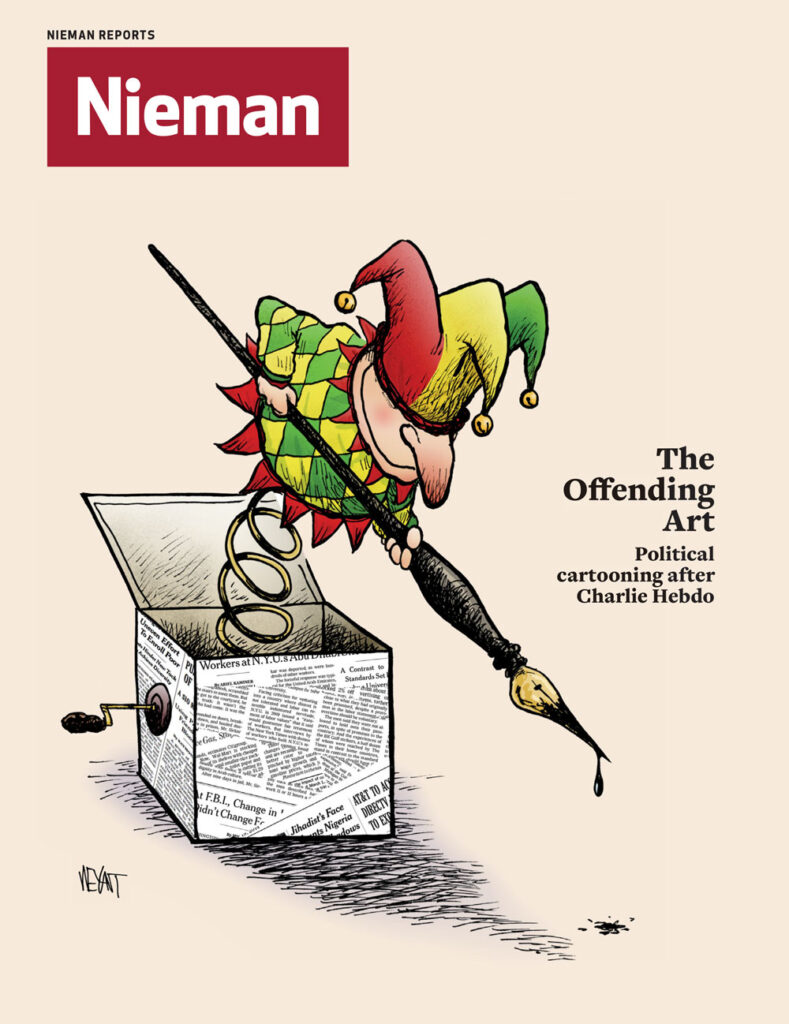Over the five months that I have been editor of IndiaSpend, a data-driven website that focuses on public interest journalism, our social media following has increased by about 600 percent, albeit from a low base.
Our stories are carried by prominent newspapers and websites. We are a nonprofit, and our mission is to focus public attention on complex but important issues—such as health, jobs, energy, agriculture, and industry—that have dropped off the radar of an economically stressed and sensationalism-prone mainstream media.
I have discovered that in a media landscape starved of perspective and depth, if you demonstrate intent, readers and writers will come. And so they do—freelance journalists, experts, and university professors are eager to write for IndiaSpend.
The depth of writing talent we now attract has allowed us to embark on our most difficult project yet. “Prime Time: India’s Grand Challenges” is a new section that explores issues critical to the future of the world’s largest democracy, convulsed as it is by epochal change. In a nation of 1.2 billion people and about 20 officially recognized main languages, this may appear a doubtful endeavor. But the great force multiplier is India’s Wi-Fi subscriber base: more than 900 million. If we get our strategy right, our small size may be irrelevant to our outsized ambitions.
The “Grand Challenges” project is unabashedly ambitious. Three new initiatives should help us increase our reach. One, a launch in Hindi, the most widely spoken language; two, we will partner with grassroots media organizations that will help us with reporting while we focus on big data; and, three, a “data room,” where readers can experience the data we use in the “Grand Challenges” stories.
Our diverse group of writers and the ability to get published in diverse media have placed us in a situation where the challenge is not ideas and stories but production resources. Right now, I and a colleague edit or rewrite everything that goes up—we release a story a day, six days a week. It isn’t easy. Our writers do not always write in English, money is always an issue (but we have enough for the next six months), and we are limited in our storytelling abilities (any volunteers?).
But, hey, this is a start-up. No one said it would be easy.
Our stories are carried by prominent newspapers and websites. We are a nonprofit, and our mission is to focus public attention on complex but important issues—such as health, jobs, energy, agriculture, and industry—that have dropped off the radar of an economically stressed and sensationalism-prone mainstream media.
I have discovered that in a media landscape starved of perspective and depth, if you demonstrate intent, readers and writers will come. And so they do—freelance journalists, experts, and university professors are eager to write for IndiaSpend.
The depth of writing talent we now attract has allowed us to embark on our most difficult project yet. “Prime Time: India’s Grand Challenges” is a new section that explores issues critical to the future of the world’s largest democracy, convulsed as it is by epochal change. In a nation of 1.2 billion people and about 20 officially recognized main languages, this may appear a doubtful endeavor. But the great force multiplier is India’s Wi-Fi subscriber base: more than 900 million. If we get our strategy right, our small size may be irrelevant to our outsized ambitions.
The “Grand Challenges” project is unabashedly ambitious. Three new initiatives should help us increase our reach. One, a launch in Hindi, the most widely spoken language; two, we will partner with grassroots media organizations that will help us with reporting while we focus on big data; and, three, a “data room,” where readers can experience the data we use in the “Grand Challenges” stories.
Our diverse group of writers and the ability to get published in diverse media have placed us in a situation where the challenge is not ideas and stories but production resources. Right now, I and a colleague edit or rewrite everything that goes up—we release a story a day, six days a week. It isn’t easy. Our writers do not always write in English, money is always an issue (but we have enough for the next six months), and we are limited in our storytelling abilities (any volunteers?).
But, hey, this is a start-up. No one said it would be easy.



